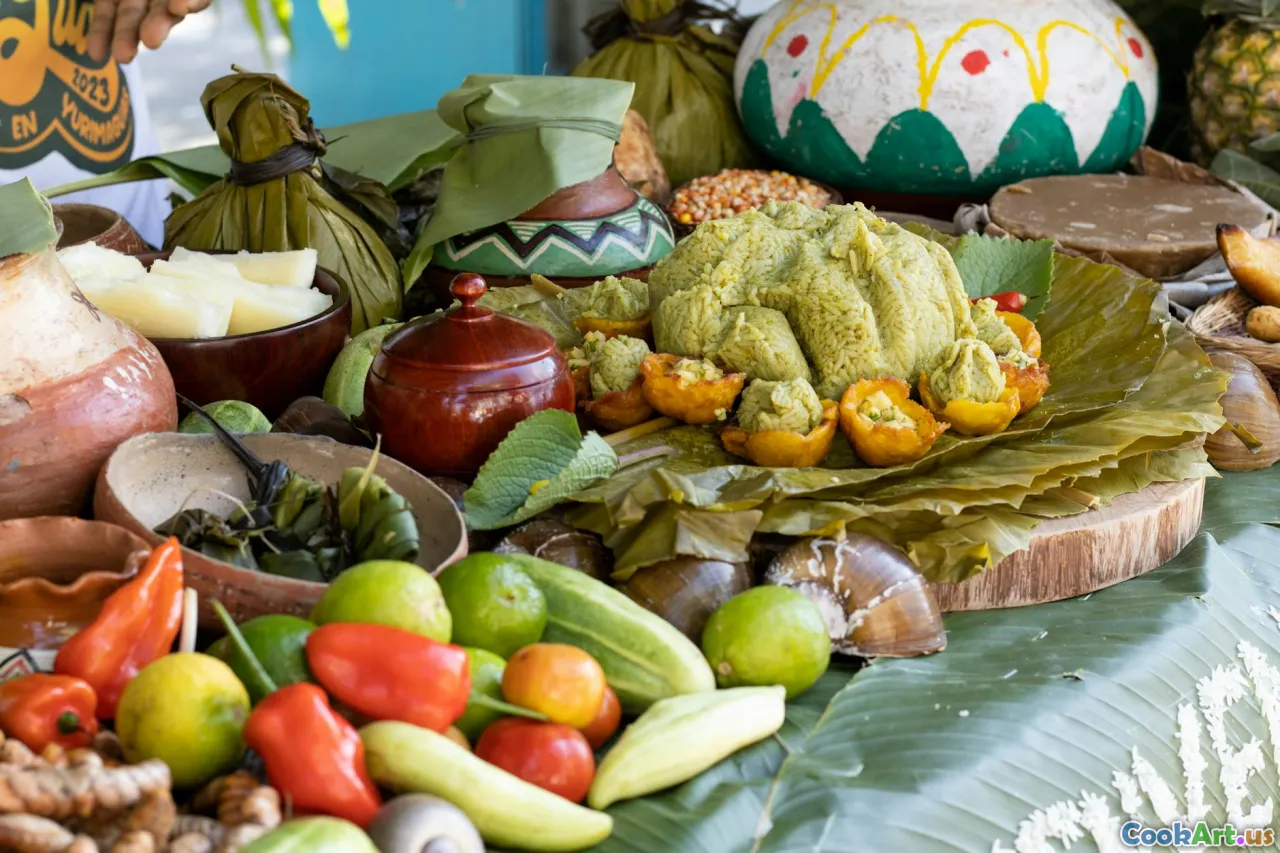The Evolution of Regional Dishes Through Time
6 min read Explore how regional dishes transform through history, reflecting culture, ingredients, and cooking techniques. April 05, 2025 13:45
The Evolution of Regional Dishes Through Time
Food is more than sustenance; it’s a narrative that unfolds through the ages, revealing the complexities of cultures, economies, and history. Regional dishes, in particular, serve as culinary time capsules, encapsulating the essence of their origins while evolving through trials, migrations, and innovations. This article delves into the fascinating journey of regional dishes, exploring how they adapt and transform through time.
The Roots of Regional Dishes
Every dish has a story. The origins of many regional dishes can be traced back to ancient agricultural practices and the geographical availability of ingredients. For instance, the humble risotto from Italy reflects the rich rice paddies of the Po Valley, while the spicy curries of India showcase the country’s diverse array of spices and cooking techniques.
Historical Influences
The historical context of a dish is crucial in understanding its evolution. Wars, trade, and migration have played significant roles in shaping regional cuisines. The Silk Road, for instance, was instrumental in introducing new ingredients to various regions, leading to the birth of hybrid dishes. Take Biryani, a dish with roots in Persian cuisine, which was adapted in the Indian subcontinent, marrying Persian cooking techniques with local ingredients.
The Role of Ingredients
Ingredients are at the heart of any dish’s identity. As societies evolve, so do their ingredients. The Industrial Revolution and globalization have led to the mass production and worldwide distribution of once-local ingredients. This democratization of food has made exotic ingredients accessible, allowing regional dishes to be reinterpreted. For instance, sushi, originating from Japan, has found its way into mainstream global cuisine, evolving into countless variations that resonate with diverse palates.
Seasonal and Local Adaptations
Another fascinating aspect of the evolution of regional dishes is their adaptation to seasonal and local changes. Traditional dishes often evolve to reflect the availability of ingredients due to climate changes or local agricultural practices. For example, the traditional Mexican mole has various regional adaptations, showcasing local chilies, nuts, and spices that reflect the unique geography of the area.
Cultural Significance and Identity
Food is a powerful marker of cultural identity. Regional dishes often embody the pride and history of the communities that create them. Celebrations and rituals frequently center around specific dishes, reinforcing their status as cultural icons. The preparation of paella in Spain or kimchi in Korea transcends mere cooking; it’s a communal activity that strengthens bonds within families and communities.
The Impact of Globalization
In our increasingly interconnected world, the evolution of regional dishes faces new challenges and opportunities. Globalization has led to the fusion of cuisines, where traditional recipes are amalgamated with foreign influences. This phenomenon can be seen in dishes like tacos al pastor in Mexico, which draw from Lebanese shawarma, showcasing the beautiful blend of cultures. Yet, this also raises concerns about the dilution of traditional recipes and practices.
Preservation of Culinary Heritage
As we witness the rapid evolution of regional dishes, there is a growing movement to preserve culinary heritage. Organizations and chefs around the world are dedicated to reviving traditional cooking techniques and ingredients that risk being lost to modernization. Initiatives like Slow Food aim to protect the gastronomic traditions of various cultures, ensuring that the stories behind regional dishes are not forgotten.
Conclusion
The evolution of regional dishes is a testament to the resilience and adaptability of culinary traditions. As we navigate through the complexities of globalization, it’s essential to honor the stories, ingredients, and techniques that have shaped our food landscapes. Every bite tells a story, and understanding the evolution of these dishes enriches our culinary experiences, connecting us to the past while inspiring future generations of cooks and food lovers.









